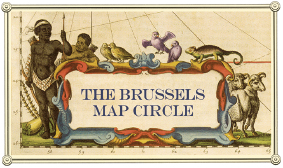Hierarchies of Territory: Precedence and Interrelationship between Regions in Russian Space, 1700-1991
–Moscow, Russian Federation
None of these ways of representing territory, past or present, is autonomous. Instead, each plays a role and has its assigned place within structures of meaning. As such, they reflect the reality that Russian space, like the territory of all states, is organized according to a range of hierarchies that together define the socio-political, economic, and cultural ordering of the state. It’s worth noting that the very understanding of region as a territorial entity is itself fundamentally relational. Put differently, no region can exist on its own. Every region is the product of likenesses, contrasts, and/or connections, real or imagined, with at least one other region. In a basic sense, there can be no North without a South, no center without a periphery. Europe would not be Europe without Asia, and so on.
Building from this conceptual foundation, our conference aims to explore the history of how different definitions of territory and the relations between them emerged and developed within Russian space over the preceding three centuries, taking into account the shifting effects of political and economic power as well as cultural values that defined this long period. We are especially interested in examining the factors that influenced how and why a given region might be seen to be higher or lower or of greater or lesser importance within the different imperial and national hierarchies that characterized Russian space during the imperial and Soviet eras, tracing the dynamics that shaped how these various hierarchies formed, evolved, changed, or, conversely, endured across time even through periods of otherwise momentous political and cultural-historical transformation.
